UNDERSTANDING DIFFUSION MODELS
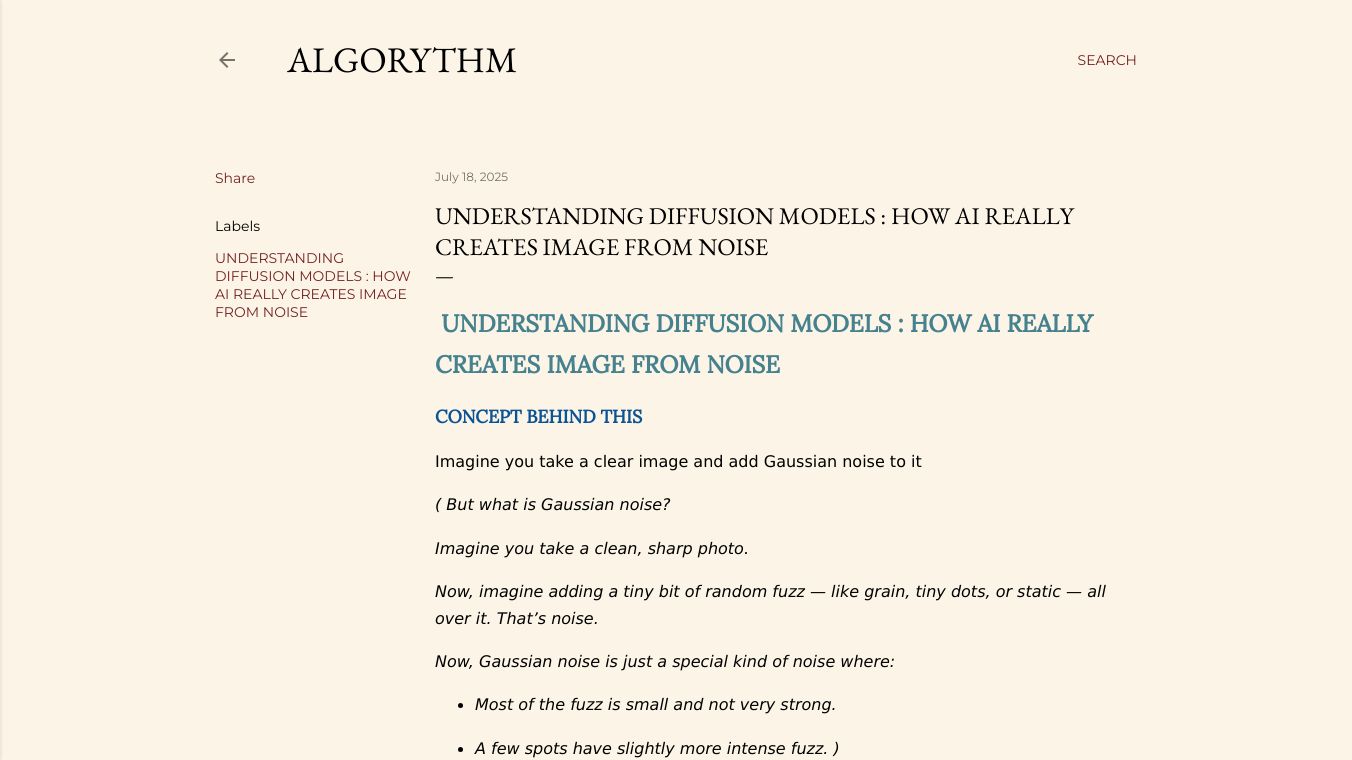
UNDERSTANDING DIFFUSION MODELS
Diffusion models are a type of AI technology that creates images from random noise. Imagine starting with a clear photo and gradually adding tiny bits of random fuzz or static until the image becomes unrecognizable. Diffusion models work by reversing this process. They start with pure noise and, step by step, remove the noise to produce a clear, realistic image. This technology is becoming very popular because it can create high-quality images, turn text into pictures, and even fix or manipulate parts of an image.
Benefits
Diffusion models offer several advantages over older AI image generation methods like GANs (Generative Adversarial Networks). These benefits include:
- Higher Image Quality: Diffusion models produce images that look more realistic and detailed.
- Text-to-Image Generation: They can create images based on text descriptions, such as "a cat wearing sunglasses on the moon."
- Image Editing: They can fix missing parts of images (inpainting) and change parts of an image while keeping the rest the same (image manipulation).
- Control and Flexibility: They offer more control over the image generation process, allowing for more precise and varied results.
Use Cases
Diffusion models can be used in various applications, including:
- Art and Design: Creating unique and realistic images for art projects, marketing materials, or design concepts.
- Entertainment: Generating images for movies, video games, or virtual reality environments.
- E-commerce: Producing high-quality product images for online stores.
- Research and Development: Assisting in scientific visualization and data analysis.
How It Works
The process of diffusion models involves two main steps: the forward process and the reverse process.
- Forward Process: Starting with a clear image, noise is gradually added until the image becomes unrecognizable. This process follows a step-by-step approach, where each step depends only on the previous one, similar to a Markov chain.
- Reverse Process: Starting with pure noise, the AI model gradually removes the noise step by step to produce a clear image. The model learns to recognize and remove the noise at each step, effectively reversing the forward process.
By breaking down the noise removal into small, manageable steps, the AI model can learn to generate high-quality images from random noise.
Conclusion
Diffusion models are considered one of the most powerful AI image generation tools available. They offer higher image quality, more control, and added capabilities for editing, inpainting, and text-to-image generation. Despite the complexity of the underlying technology, the basic idea is simple: start with noise and teach the AI to un-noise the image to produce beautiful, realistic results.

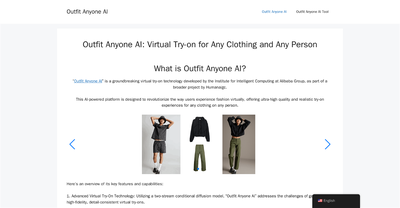

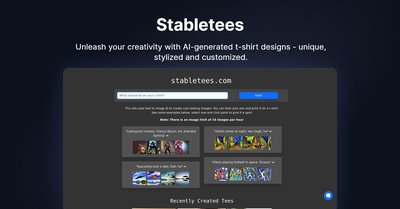
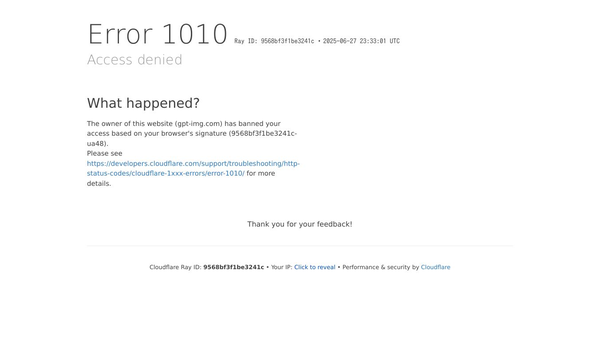
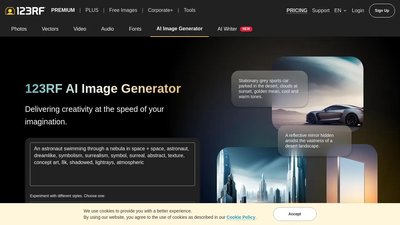
Comments
Please log in to post a comment.